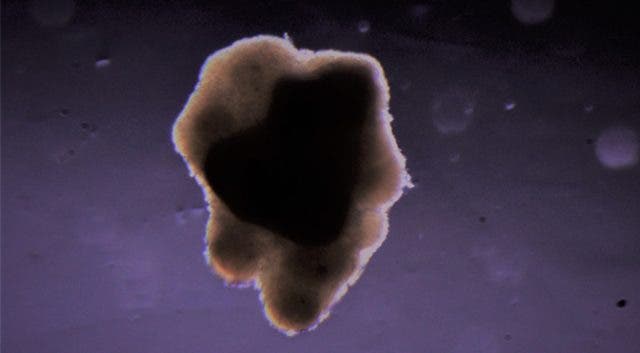The Russian lab aboard the International Space Station (ISS) used a tissue-making 3D printer to print a little beef in 2019.

Meat, without the killing murder
Didier Toubia, the head of the Israeli startup Aleph Farms which provided cells for the tests, said that the technology can help make “long-term travel possible and renew space exploration,” to far-away places such as Mars. However, he added that the company’s main goal is to provide such animal-free meat to markets on Earth, and that it is just a matter of time before these products arrive in supermarkets.
The idea “is not to replace traditional agriculture,” Toubia says. “It’s about being a better alternative to factory farming.”
Mark Post, a Dutch scientist from Maastricht University, created and presented the first cow-stem-cell-derived burger in 2013. Since then, there has been quite a lot of interest from both industry and consumers to bring lab-grown meat to the market. However, production costs are still high, which prevented such products from hitting shelves near you. Nevertheless, as research progresses and production is scaled, the price of lab-grown meat could soon become competitive.
While we’re still debating what to call these products — laboratory, artificial, cell-based, or cultivated meat have all been proposed — the public has been invited to taste them and provide feedback. This would suggest that commercialization, at least on a small scale, of this type of meat, is not far away. At first, cost is still going to be a limiting factor and these products will likely only fill a niche role. However, industry estimates say that lab-grown meat at “reasonable prices” could hit supermarket shelves in 5 to 20 years.
But that’s all happening down here; what about in space? Israeli startup Aleph Farms has partnered with several 3D printing companies to conduct an experiment on the ISS. The end result, they say, is the first-ever case of synthetic meat produced in space.
Their method mimics natural tissue-regeneration processes, the company explains. This is intended to reproduce the structure and texture of beef, to produce a piece of meat that feels more realistic. However, this has proven challenging on Earth; Aleph Farms hopes that the space-borne experiment can help guide further development on the planet.
Russia-based 3D Bioprinting Solutions provided the printer for the experiment carried out in the Russian lab onboard the ISS. US-based Meal Source Technologies and Finless Foods also took part in the experiment. The “bio-ink” used is a mixture of animal cells and growth factors. In space, the process has the potential to be much faster since the ink can grow in all directions and doesn’t need a support structure (a lattice is needed on Earth).
While Aleph Farms can’t yet 3D-print meat at competitive prices, the cost of launching things to space is very high. It would make sense then to give astronauts a way to produce at least some of their meat on board. It would help reduce logistics costs, free up storage space, and enable longer missions.
Laboratory-grown meat can help us reduce the environmental burden of our agriculture, as it uses far less water and land than traditional farms. It also means fewer cows in farms and slaughterhouses. However, there is still some debate on where the increased use of energy would affect its real environmental impact, and on issues related to the nutrition of the resulting product.






